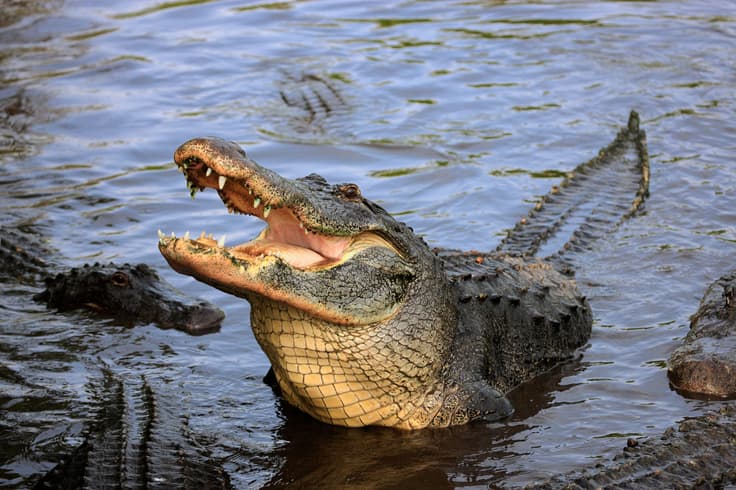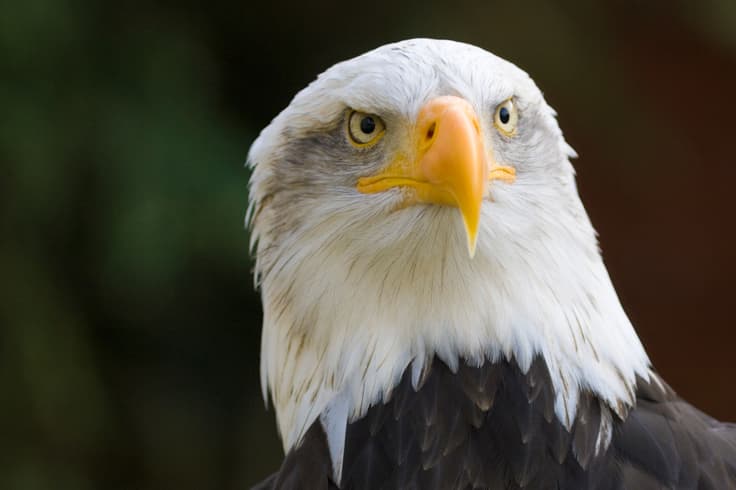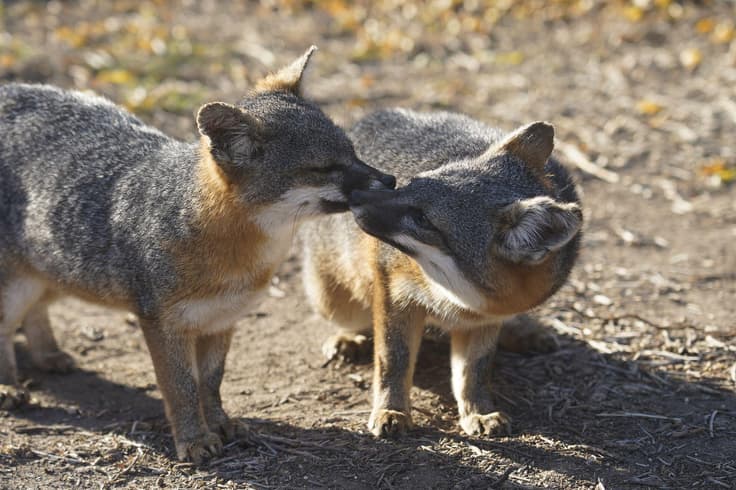
Words by Abi Scaife
December 2023 marks the 50th anniversary of the United States Endangered Species Act - a groundbreaking piece of legislation that paved the way for the conservation of many important species.
In short, the act said for every endangered species there must be a plan to help it recover - something The Fish and Wildlife Service, the National Oceanic and Atmospheric Administration (NOAA) and the National Marine Fisheries Service are responsible for.
To celebrate these last 50 years, Smiley News has put together a list of just four of the species whose populations have improved thanks to the tireless work of conservationists.

American alligators were hunted unsustainably from the 1800s to the mid-1900s, and by the 1960s were listed as endangered.
Thanks to the Endangered Species Act, and its precursor, and the conservation efforts from it, the American alligator population made a significant recovery.
By 1987, the American alligator had been removed from the endangered species list - highlighting the importance of habitat conservation and hunting protections.

Like the bald eagles, the peregrine falcon population dropped dramatically thanks to he introduction of synthetic pesticides, and in 1950 was listed as being endangered. In 1975 there were only 324 known nesting pairs.
By 1999 - just 49 years since being listed as endangered - the peregrine falcon had been removed from the endangered species list, thanks to conservation efforts under the Endangered Species Act.

In the 1950s, there were just 412 nesting pairs of bald eagles in the lower 48 states.
Today, thanks to the Endangered Species Act, as well as other protective legislation such as the Migratory Bird Treaty Act, the population has bounced back.
By 2007, they had been removed from the list of endangered species, and in 2021 it was estimated there were 316,700 individual bald eagles in the lower 48 states.

Multiple species of the Island Fox - native to the Channel Islands in California - were listed as a federally protected endangered species in 2004.
On San Miguel Island, there were just 15 adults on the island as of 1999, with similar numbers reflected on the other island. As it turned out, the population was declining in part due to infections, which the foxes hadn’t built immunity to as they were native to these isolated islands.
Thanks to a vaccination project, and other conservation efforts, in just nine years the Channel Island Fox was bumped up from ‘critically endangered’ to ‘near threatened’. While there is clearly still work to do, this is a massive improvement in such a short time.
At Smiley Movement, we like to elevate the work of charities across the world. Here are three charities whose causes align with the themes in this article.
Wildlife Justice Commission. This international foundation works to end animal trafficking around the globe. Find out more here.
Born Free. This is a wildlife conservation charity that’s passionate about wild animal welfare and Compassionate Conservation. Find out more here.
The Orangutan Project. This is a project run by two non-profits with one mission: to ensure the survival of all orangutan species in their natural habitat and promote the welfare of all orangutans. Support them here.
This article aligns with the UN SDG Life on Land, Life Below Water.